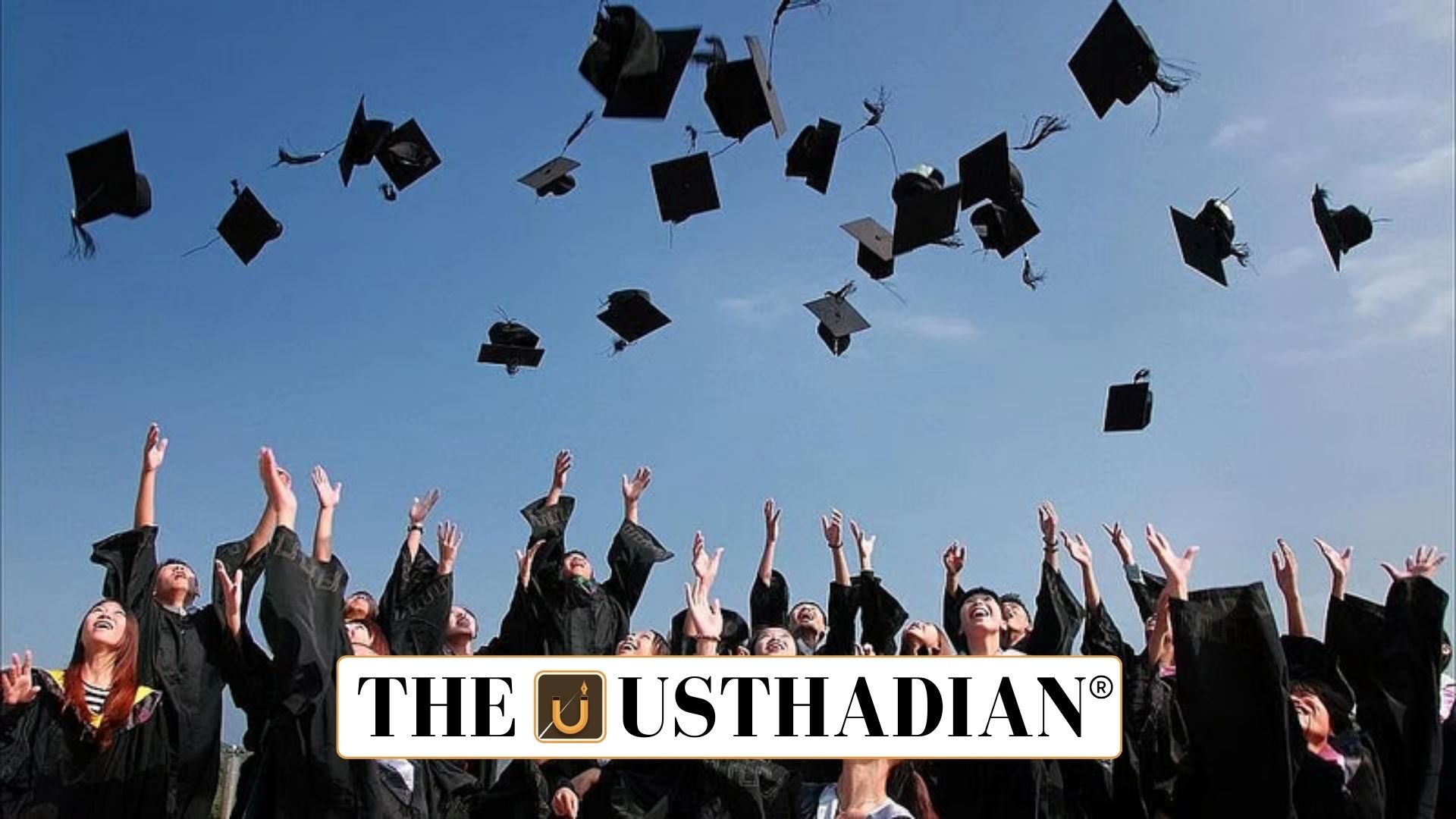Representation in private institutions
Reservation in Private Higher Educational Institutions: The presence of students from OBC, SC, and ST categories in private higher education continues to be extremely limited. For instance, during the 2024-25 session, data from BITS Pilani showed that only 10% OBC, 0.5% SC, and 0.8% ST students were enrolled out of more than 5,000 students.
High tuition fees further worsen this imbalance. Since many private universities charge substantial amounts, aspirants from disadvantaged backgrounds struggle to secure admissions, creating a clear access barrier.
Static GK fact: BITS Pilani is among India’s leading private engineering institutions, founded in 1964.
Why reservation is needed
Private institutions occupy a dominant share of higher education in India. The AISHE 2021-22 survey highlights that nearly two-thirds of India’s colleges are private unaided, along with more than 500 private universities. This overwhelming share indicates that exclusion in this sector will directly affect opportunities for marginalized communities.
The public sector alone cannot handle the rising demand, particularly when the National Education Policy 2020 sets a target of achieving a 50% Gross Enrolment Ratio by 2035. Without making private institutions more inclusive, this national goal will remain unachievable.
Constitutional foundation
The right to provide reservations in private colleges arises from Article 15(5) of the Constitution. This provision allows the government to create special admission policies for SCs, STs, and socially and educationally backward classes, extending even to private institutions, except minority-managed ones.
This constitutional backing has also been tested in the courts. In 2014, the Supreme Court in Pramati Educational and Cultural Trust v Union of India upheld the legality of Article 15(5), confirming that reservations in private institutions are fully valid under constitutional principles.
Static GK Tip: Articles 15(4) and 15(5) together form the backbone of India’s affirmative action policy in higher education.
Parliamentary committee position
The Standing Committee on Education, Women, Children, Youth and Sports, in its 370th report, strongly favored extending reservations to private higher education institutions.
It recommended that Parliament should legislate a mandatory quota, fixing 27% for OBCs, 15% for SCs, and 7.5% for STs. The report further stressed that the financial burden should be assumed by the government, following the model of the Right to Education Act, 2009, which provides for a 25% quota in private schools.
The committee also highlighted the importance of implementing the creamy layer principle for OBCs, with regular updates to income limits. Additionally, it advised the launch of awareness campaigns and outreach efforts, in collaboration with NGOs and community leaders, to spread information about educational opportunities in remote and underprivileged regions.
Static GK fact: The Right to Education Act, passed in 2009, made education a fundamental right for children between 6–14 years.
Static Usthadian Current Affairs Table
Reservation in Private Higher Educational Institutions:
| Topic | Detail |
| Committee | Department-Related Standing Committee on Education, Women, Children, Youth and Sports |
| Report Number | 370th Report |
| Key Constitutional Article | Article 15(5) |
| Supreme Court Case | Pramati Educational and Cultural Trust v Union of India (2014) |
| Private Institutions Share | 65.3% of colleges, 517 private universities (AISHE 2021-22) |
| Current Representation Example | BITS Pilani: 10% OBC, 0.5% SC, 0.8% ST (2024-25) |
| Reservation Recommendation | 27% OBC, 15% SC, 7.5% ST |
| Government Role | Financial coverage for reserved seats |
| Awareness Mechanism | NGOs, outreach, community campaigns |
| Policy Target | NEP 2020 aims 50% Gross Enrolment Ratio by 2035 |








